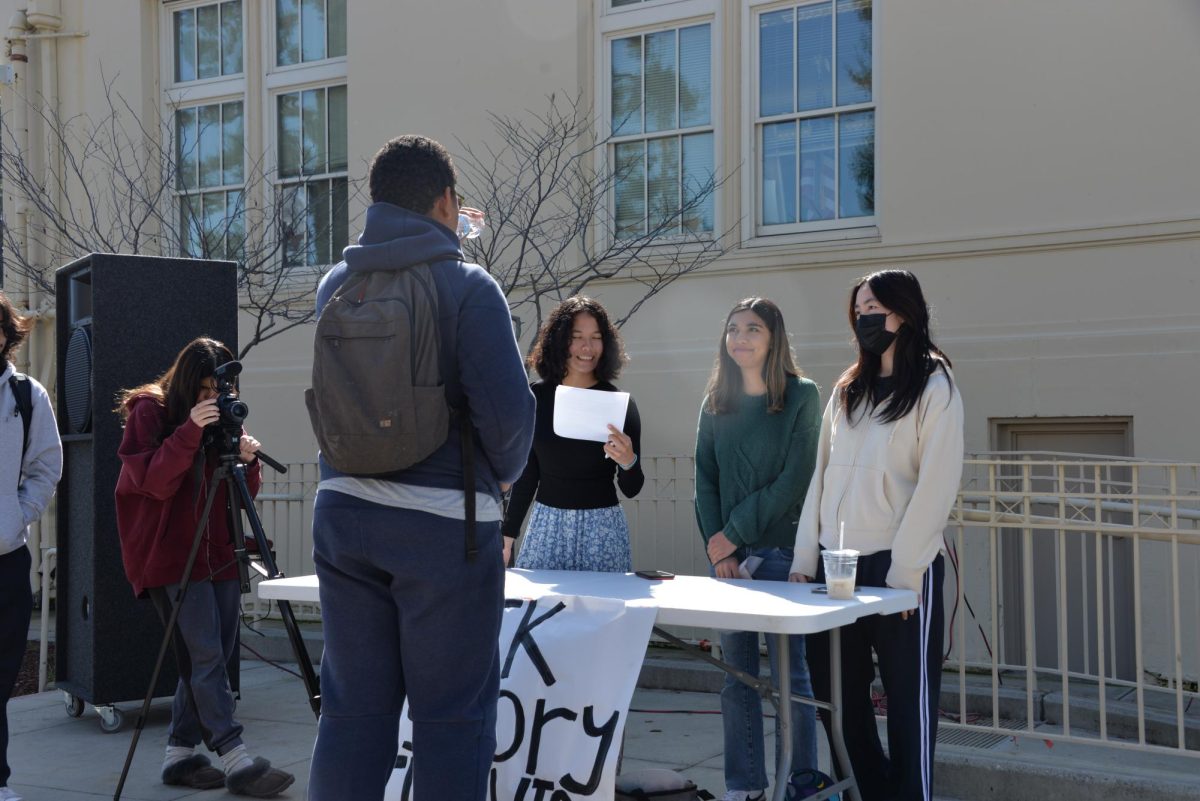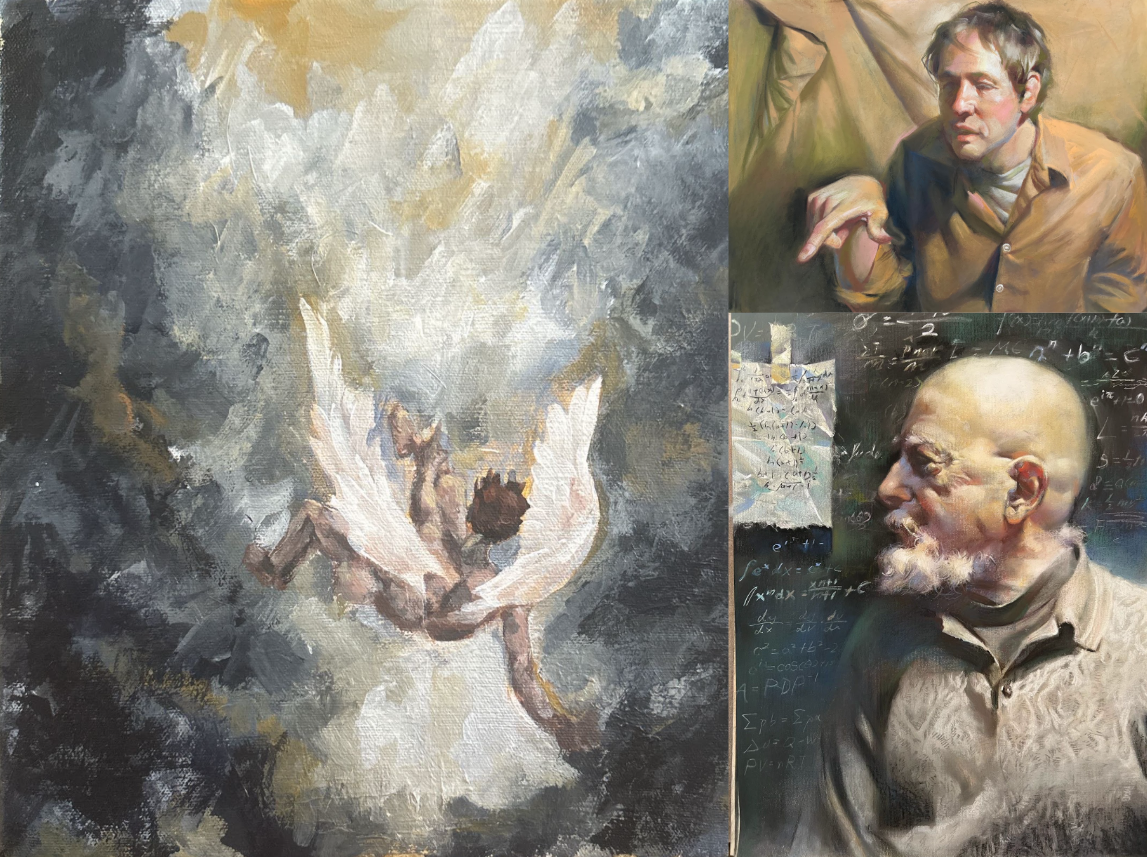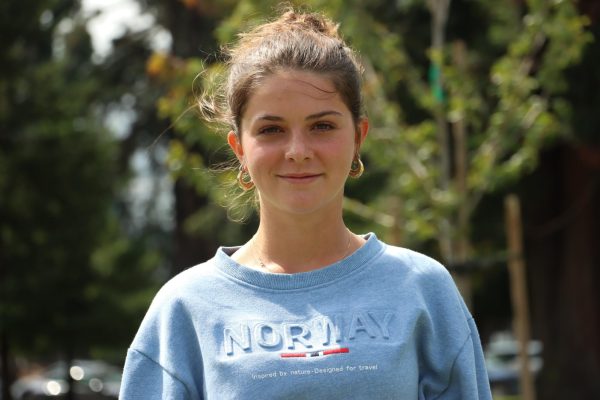Introduction
Each year, the United States recognizes February as Black History Month to honor the achievements made by African Americans across the nation and acknowledge their central role in American history.
“For a while, Black people didn’t necessarily get the flowers that they deserved,” said senior Emmanuel Pubien, president of the Black Student Union (BSU). “So now, it’s really important that we take the time to commemorate Black accomplishments. Once you learn about Black history and the history of any culture in general, you tend to appreciate their accomplishments and their feats more.”
The origins of Black History Month can be traced back to 1915, half a century after the 13th Amendment abolished slavery in the United States. In September of that year, historian Carter G. Woodson and minister Jesse E. Moorland founded an organization known as the Association for the Study of African American Life and History (ASALH). The group sponsored a national history week in 1926, which evolved into Black History Month in 1976 in response to the civil rights movement.
From then on, communities in the United States have devoted February to celebrating Black history, and Burlingame is no exception. Burlingame leadership organized a Black History Trivia on Thursday, Feb. 22 and the BSU met every week throughout February to enjoy traditional African American dishes — such as guava duff and jerk chicken — and spotlight various Black icons.
“We basically give different Black people their flowers, talk about their history, what they went through and what they accomplished,” Pubien said. “We obviously focus more on black culture, but in terms of society as a whole, I would like everyone to be able to recognize everyone’s history regularly.”
According to the ASALH, this year’s Black History Month theme is “African Americans and the Arts.” Over the years, the Black community has left a significant mark on visual and performing arts, literature, fashion, language, music, culinary and other forms of cultural expression. In their art, African Americans often infuse their African, Caribbean or Black American heritage and experiences. Additionally, there have been various African American artistic movements, including Black Arts, Black Renaissance, hip-hop and Afrofuturism. Whether they be from today or a century ago, it is imperative to honor Black contributions to art, a fundamental aspect of our society.
“I feel like a lot of people can appreciate art in any shape or form, whether it be music, dancing, acting, movies, painting, whatever you name it,” Pubien said. “I’m into theater, and I really enjoy doing it everyday, for example. Overall, arts give a lot of insight to a person which makes it a great outlet for Black culture.”
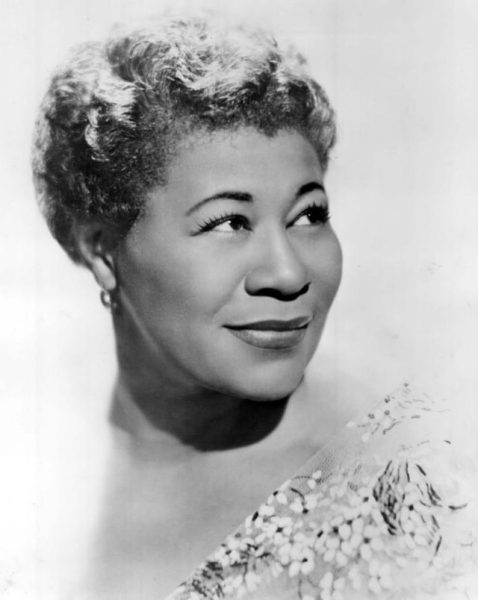
Ella Fitzgerald (1917-1996)
Recognized as “The First Lady of Song,” Ella Fitzgerald was one of the United States’ most prominent jazz singers for over half a century. In her musical career, she won 13 Grammy awards and sold more than 40 million albums. Her iconic style included passionate ballads, sweet jazz, an impressive vocal range and the ability to mimic every instrument in an orchestra by scat singing.
Fitzgerald was born in Newport News, Virginia, in 1917 but spent the majority of her childhood with her mother in Yonkers, New York, after her parents’ divorce. Her first exposure to music involved listening to jazz albums her mother brought home and attending services at the Bethany African Methodist Episcopal Church.
In November 1934, 17-year-old Fitzgerald debuted in her first Amateur Night at the Apollo Theater. Not only did she win first place after her performance, but the audience was so enthralled by her singing that they demanded an encore. Despite her immediate popularity, Fitzgerald was not awarded the full prize because her appearance was deemed untidy. Throughout her career, she would face similar racism time and time again, such as when she was arrested at a show in Houston because the police wrongfully assumed it was unlawful for Black and white people to mix. But as she did after that fateful night in the Apollo Theater, Fitzgerald would pursue her passion and continue to sing.
Following the release of the album, “Love, Ella,” which sold 1 million copies, hit number one, and stayed on the pop charts for 17 weeks, Fitzgerald became instantly famous. Her popularity only increased after she recorded covers of other musicians’ albums and appeared as a guest on numerous programs such as “The Tonight Show” and “The Bing Crosby Show.” Honoring her musical competence, United States President Ronald Reagan awarded her the National Medal of Arts, and France did the same with their Commander of Arts and Letters award. Still today, Fitzgerald is remembered worldwide for her talent.
Jean-Michel Basquiat (1960-1988)
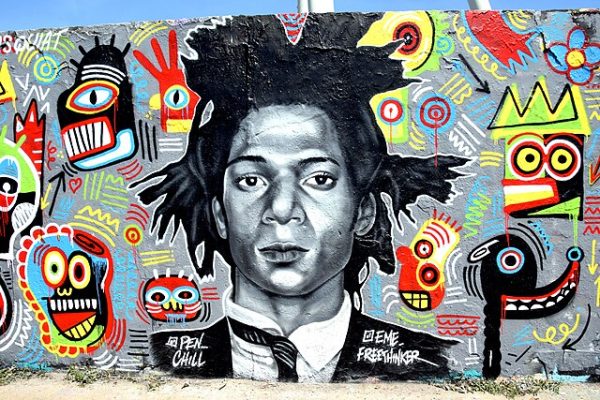
Jean-Michel Basquiat was a ground-breaking artist in the neo-expressionism art movement. His artwork explored themes of racism, classism, colonialism and other power systems and their impact on society. A notable part of his career was his encounter with Andy Warhol — a leading exponent of the Pop art movement — in the mid-1980s, which resulted in a prolific collaboration that led to numerous renowned paintings.
Basquiat was born on December 22, 1960, in Brooklyn, New York, to a Haitian-American father and a Puerto Rican mother. His diverse cultural heritage would later become a great source of inspiration in his artwork. He taught himself how to draw at an early age, experimenting on sheets of paper his father, an accountant, brought home from the office.
In the early stages of his artistic career, Basquiat was known for using a crown motif, a symbol to celebrate Black people as majestic royalty and consider them saints. As word spread about his unique neo-expressionist style, more and more of his paintings were sold for greater amounts. This trend culminated in 2017 when a Japanese billionaire spent $110.5 million at a Sotheby’s auction to secure Basquiat’s “Untitled,” a 1982 painting of a skull. The sale set a record for the highest price for a work by a Black American artist.
“Art has been a very big catalyst for hearing black voices and every culture in general,” Pubien said. “Myself, I have learned a lot of people’s more in depth insights through it. You get into a less surface level concept of Black injustice and all that kind of stuff and really understand their experiences.”
On August 12, 1988, 27-year-old Basquiat died of a drug overdose in New York City. Albeit his brief career, Basquiat is recognized for having helped meld African American and Latino perspectives in the art world.
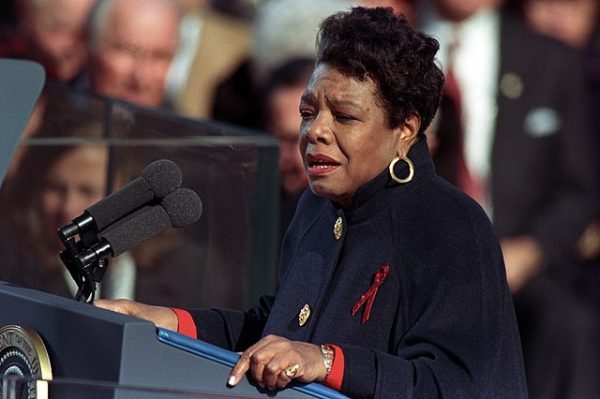
Maya Angelou (1928-2014)
In her lifetime, Maya Angelou took on countless different roles: a writer, dancer, poet, filmmaker, actor, activist and much more. She managed to publish seven autobiographies, three books of essays and several books of poetry and is credited with a list of plays, movies and television shows — many of which discussed her personal life and defended Black culture and strength.
Angelou’s childhood played a significant part in shaping the inspirational yet cognizant woman she is remembered as today. She was born on April 4, 1928, in St. Louis, Missouri but left to live with her grandmother as a result of her parents’ unstable marriage. She returned to her mother’s care briefly, where Angelou was sexually abused by her mother’s boyfriend. Once she confessed what happened, the man was jailed and killed, prompting Angelou to remain mute for the next six years as she believed that her words caused his death. In 1969, she published the famous autobiography, “I Know Why the Caged Bird Sings,” highlighting her strength amid childhood trauma and sexual abuse.
Angelou also faced excessive racism. When she applied to work as a streetcar conductor, she was denied because of her race. Refusing to give in to this obstacle, Angelou requested the same job application every day for three weeks and was eventually successful when the company relented. Years later, these experiences led her to be an active participant in the Civil Rights Movement, serving as the northern coordinator of the Southern Christian Leadership Conference, an African American advocacy organization.
In addition to her writing, Angelou was also well-known for her poetry. In 1971, she wrote the Pulitzer Prize-nominated “Just Give me a Drink of Water ‘fore I Diiie” and even won a Grammy for a recorded spoken album of her poetry. Not only that, she plays a significant role on stage as a writer, actor, director and producer. For instance, in 1972, she became the first African American woman to have her screenplay turned into a film with the production of “Georgia, Georgia.”
In an effort to recognize her contributions to the art industry, President Clinton awarded Angelou the National Medal of Arts in 2000. For ages to come, she will be remembered as a talented artist, relentless activist and icon of the Black community.




































